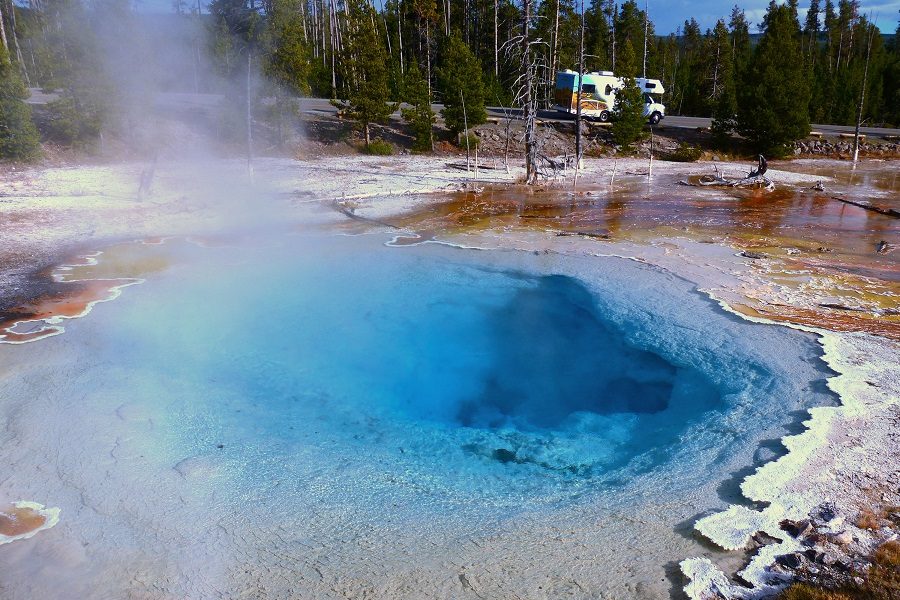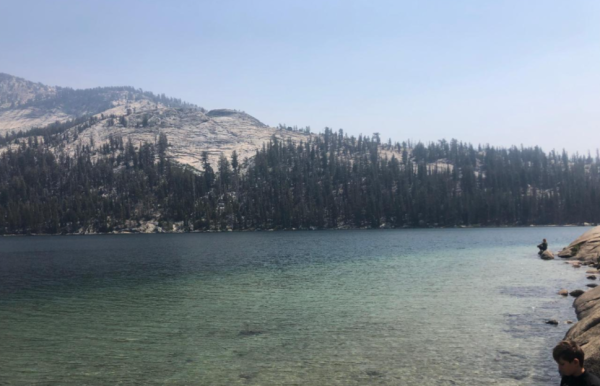Scientists try to map water flow underneath Yellowstone
Yellowstone is one of the most famous parks and is well known around the world. The park holds various forms of geothermal forms. Yellowstone National Park was the first national park and celebrates its 100-year birthday this year.
The hidden plumbing system inside the earth’s crust that compels the famous Old Faithful geyser and other hydro-thermal features at Yellowstone National Park is being studied by various scientists from the United States and Denmark.
The crater buried beneath the ground is said to be the largest crater in the world.
“An eruption there could happen fairly quickly, geologically speaking. I would think there would be signs beforehand, but how much time beforehand is really unknown — is it days, weeks, months or years?” said researcher John Stix, a volcanologist at McGill University to OurAmazingPlanet.
The research team is set out to conduct flights through November over the park using an electromagnetic system that is large and hoop-shaped suspending from a helicopter.
“Are we all going to die if Yellowstone erupts? Almost certainly the answer is no. There have been quite a few super-eruptions in the past couple million years, and we’re still around,” said Jamie Farrell, a Yellowstone expert and assistant research professor at the University of Utah, to Live Science.
A worse damage scenario most likely would result from the less predictable hazards, such as large earthquakes and hydro-thermal blasts in areas where tourists are in most density.
“These pose a huge hazard and could have a huge impact on people,” Farrell said.
Hypo-thermal explosions occur when pockets of boiling water under the ground experience an immediate drop in pressure, causing the water to convert to steam and explode forcefully to the surface of the earth.
Similarly, work in other areas in the United States has helped predict hazards from potential volcanoes.
Your donation will support the student journalists of Sycamore High School. Your contribution will allow us to purchase equipment and cover our annual website hosting costs.







